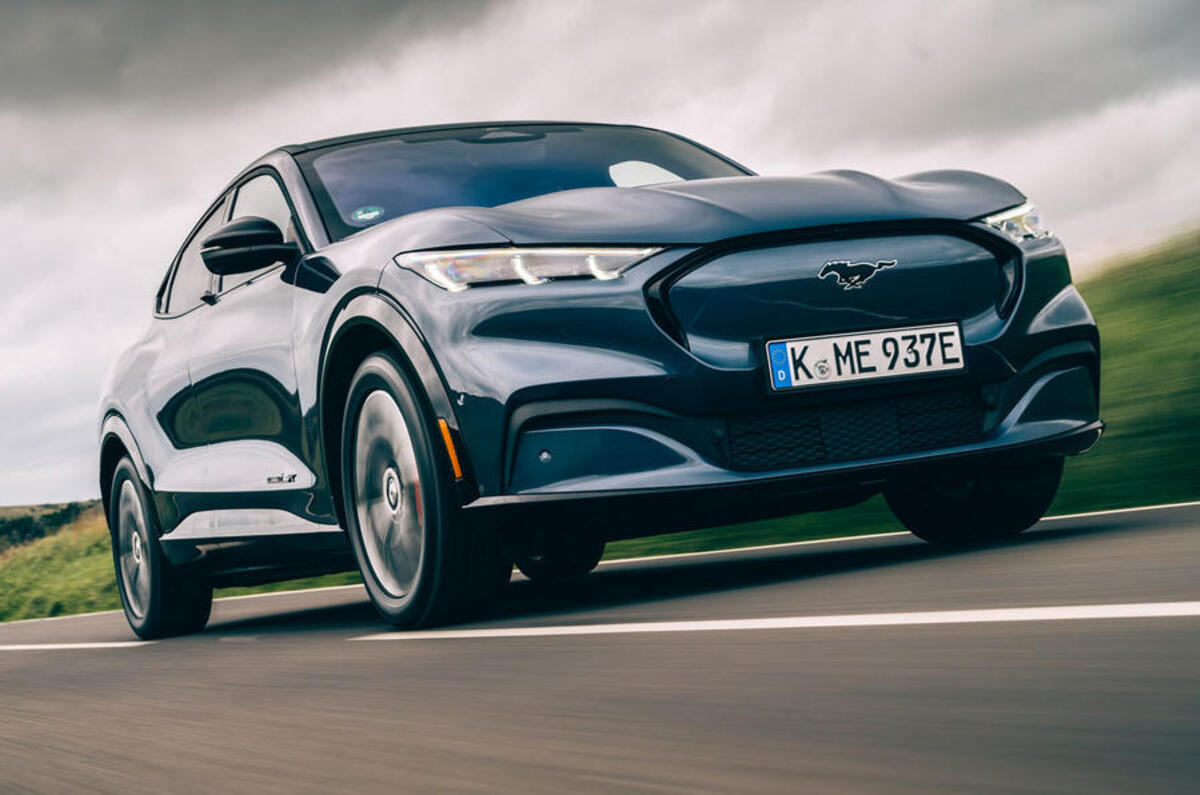Apple’s profits margins are legendary, but topping them all are its margins for 'services'. These software-based features run at around 70% – roughly double those for hardware like iPhones.
Car makers, used to working on margins of up to 10% if they’re really focused, slaver at the thought of profits like that.









Join the debate
Add your comment
I likely won't be a party to much of this but the youngsters already have a culture of sharing their personal whereabouts details with everyone else so it should be good for them when reach driving age. Also good to see that you can pay extra for a robot to assist you with driving your car. I think the criminals will have a field day with "unlocking" all the features for a reasonable amount of money.